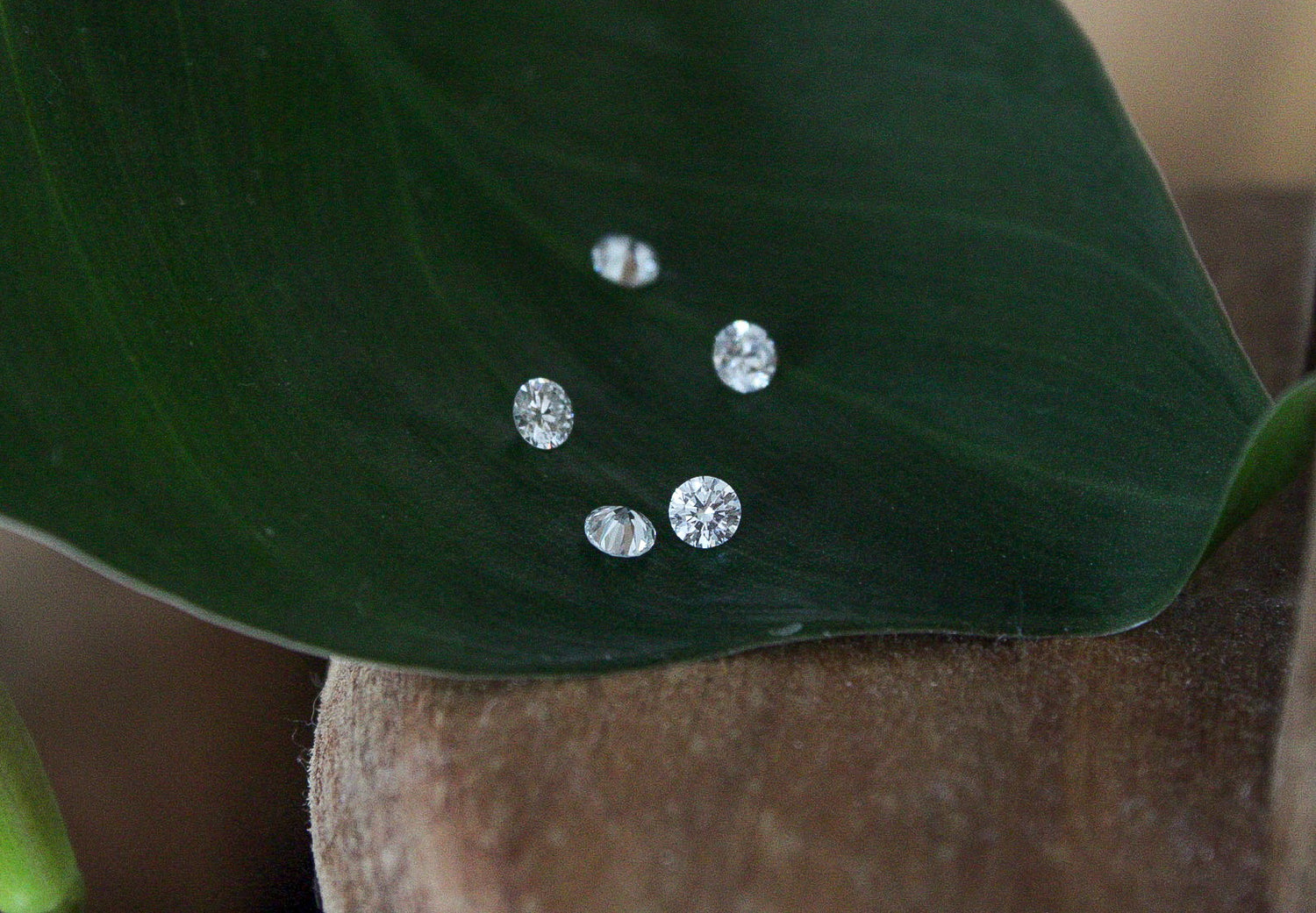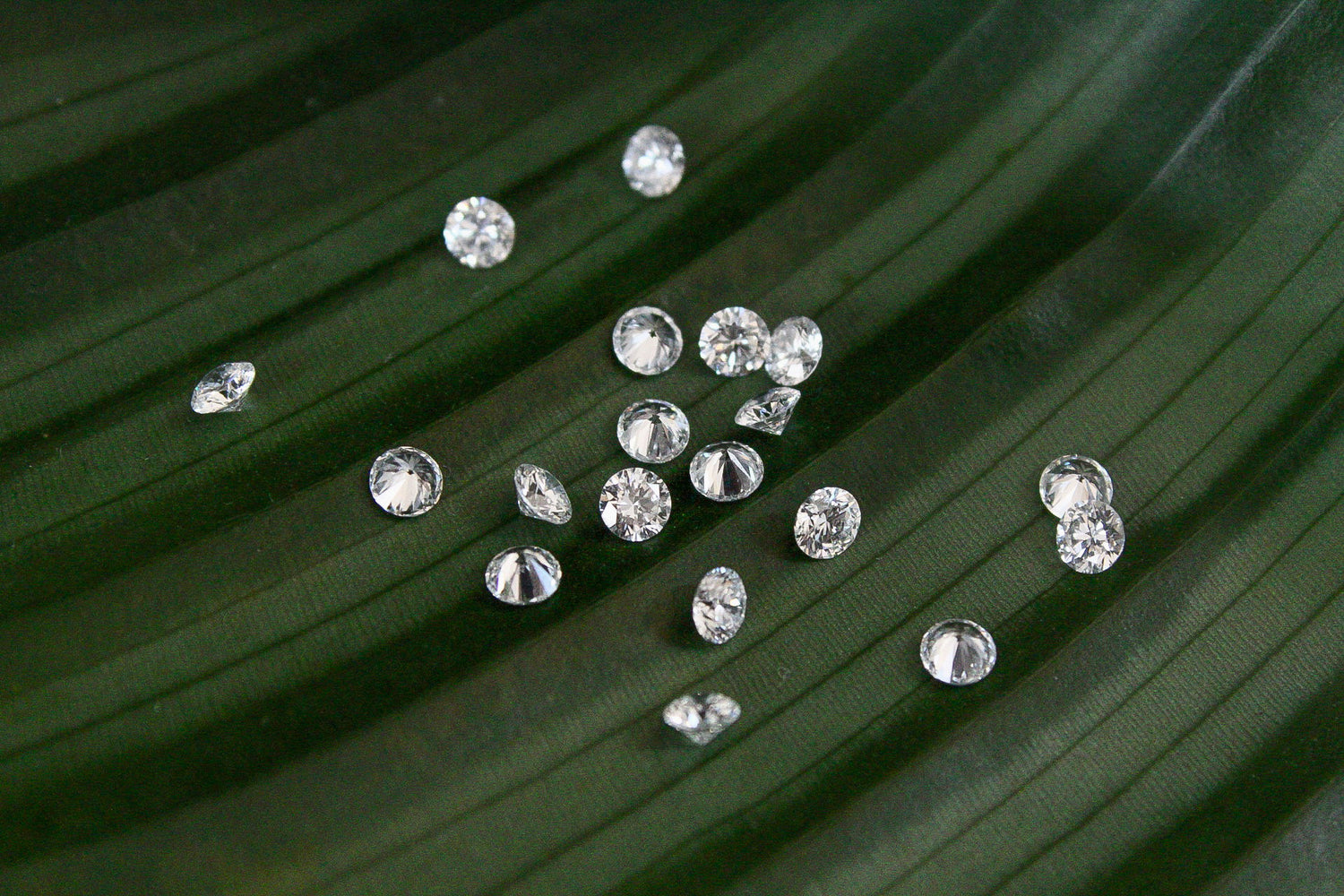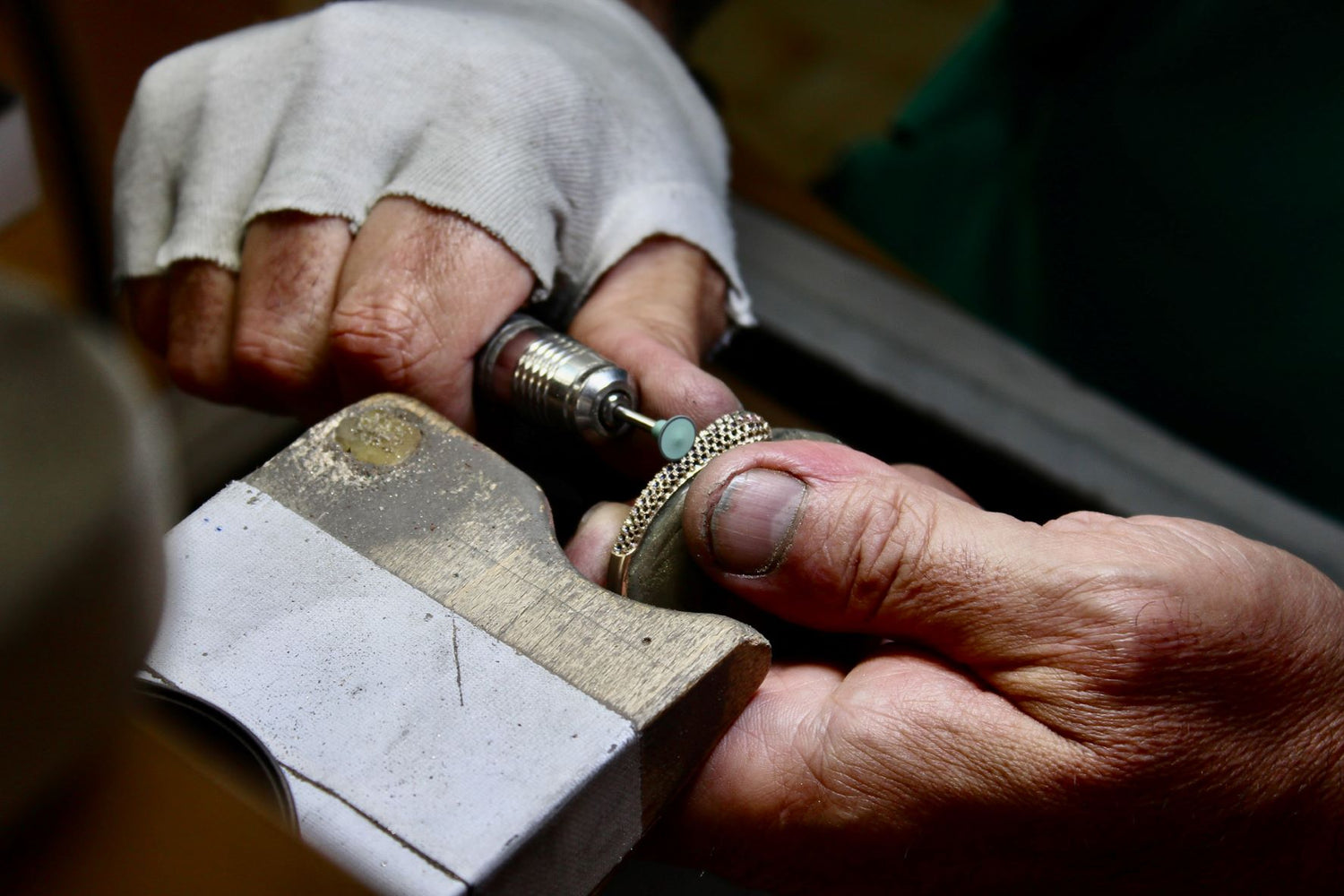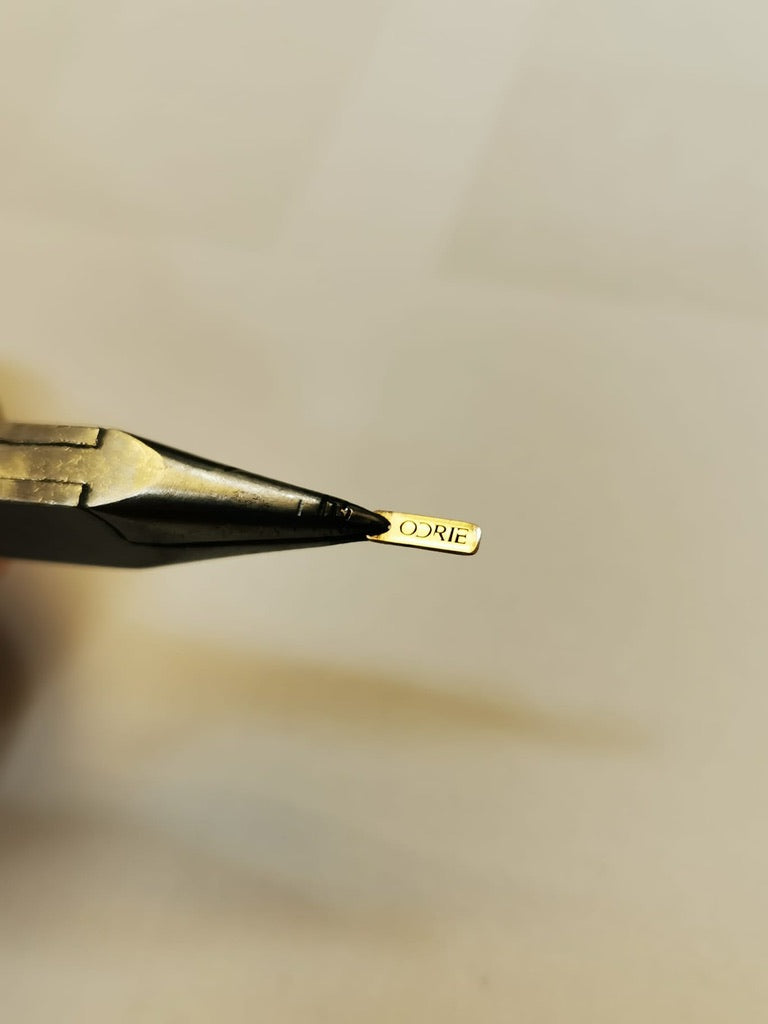Responsible Materials
Unlike mined diamonds that are formed in the earth's crust over millions of years, lab-grown diamonds are grown in laboratories in a matter of weeks using state-of-the-art technology that can perfectly mimic the natural formation process. The result is two types of diamonds with the same physical properties, but different origins.

Understanding Labgrown Diamonds
Although lab grown diamonds have been around since 1954, only in the 1980s they were introduced commercially. In the last decade, the production costs of lab grown diamonds were economised, allowing consumers to enjoy a fair price for a high-quality diamond.
Lab grown diamonds cannot be confused with imitation diamonds of materials such as Cubic Zirconia or Moissanite. Lab grown diamonds are made of pure carbon and have the same chemical and physical properties as mined diamonds. This has been recognised by the three main international diamond laboratories and certifying bodies, the International Gemological Institute (IGI), Gemological Institute of America (GIA), and HRD Antwerp. Only by using sensitive equipment to detect small amounts of nitrogen present in mined diamonds, can a gemologist attempt to identify whether a diamond has been lab grown or mined.

The difference lays in its origin
Natural diamonds are formed from pure carbon that has been exposed to extreme conditions over millions of years at a depth of about 150 kilometres below the earth's surface. The high pressure and heat applied turns the carbon into a diamond that is propelled up by volcanic forces and eventually mined.
Meanwhile, lab grown diamonds are grown by simulating a diamond's natural growth process under optimally controlled conditions in a lab. Two distinct production processes exist, the High Pressure, High Temperature (HPHT) method and the Chemical Vapor Deposition (CVD) method.
During the HPHT method, a small diamond seed is placed in a specifically designed press with a carbon source and a metallic liquid. To accelerate the natural diamond formation process, it is exposed to temperatures of approximately 1,500 °C and a pressure of 70 bar. Under the high temperatures and pressure, the carbon starts to melt, resulting in a rough diamond just a few weeks later.
For the CVD method, small diamond crystal seeds are placed in a vacuum chamber filled with hydrogen and methane gas. The chamber is heated to moderate temperatures of 800-900°C and pressurized. When exposed to heat and pressure, the carbon elements separate from the gases, forming a plasma cloud. The plasma cloud detaches the remaining carbon elements on the diamond plate. Layer by layer, a rough diamond is grown within weeks, while every few days the top surface is polished, removing the remaining carbon.

Quality Check
For the ODRIE creations only labgrown diamonds of the high-quality colors D-E-F and clarity VS1-VS2 are used. Some diamonds come with their own diamond report from the IGI and are laser inscribed with a certificate number. This is each time specified in the product page of the item.

CO2-Neutral production process
Investing in a transparent and sustainable value chain goes further than solely replacing the mining process. To ensure that the grown diamonds are in fact sustainable, the production process of the main distributor of our diamonds is certified carbon neutral and complies with the highest standards used in the field. The certification is granted by CO2-logic and validated by Vinçotte, an accredited and international independent certification body.

